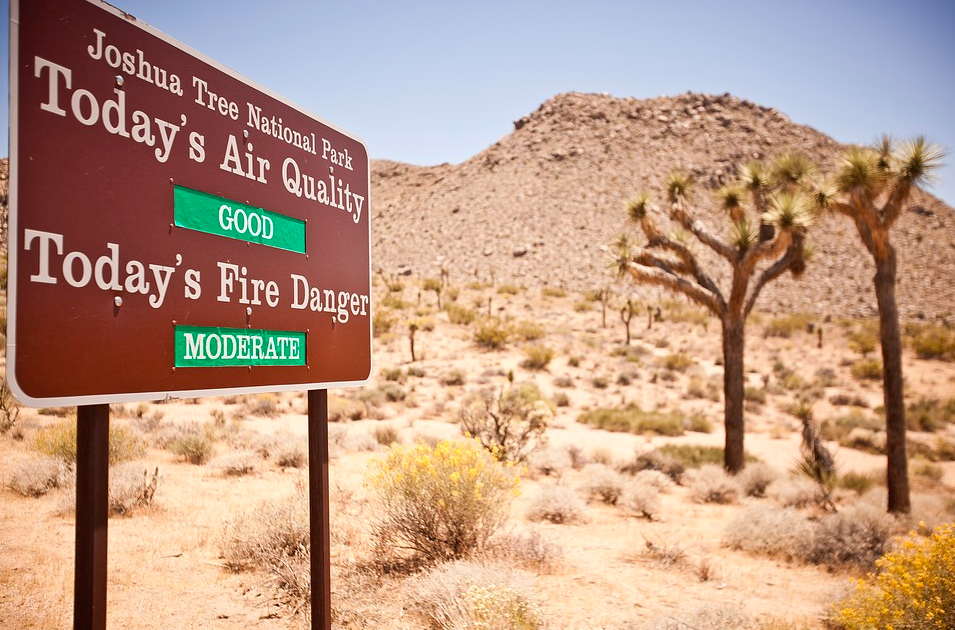
Fire danger in Joshua Tree National Park is rising/NPS
While many experts agree that a defined “fire season” no longer exists, summer remains hot, hot, hot across the United States and within the National Park System. Across our protected lands, rangers and National Park Service staff are taking extra precautions to both prevent fires while fighting blazes once they erupt.
Kenai Fjords National Park
In the Kenai Peninsula, conditions are so dry that fire is only allowed in designated campgrounds or cabins already equipped with fire grates or rings. While hikers can use camp stoves that utilize fuel or canisters, open fires are restricted. Already over 100 fires are burning in Alaska, and park rangers want to keep flames from Kenai Fjords National Park.
Joshua Tree National Park
Holiday weeks - like the recent Fourth of July - make fire outbreaks more likely. In Joshua Tree, the wet winter and spring have created increased growth of grasses and other plants. The vegetation has now dried out, creating hazardous fuel conditions throughout much of the park and surrounding areas. Fireworks are banned, and fire itself is only permitted within rings or grills.
Lake Mead National Recreation Area
Like many other parks, fires are only allowed within established grills, and only when a host is present within the campground. However, the park goes further and reminds visitors that: “Smoking is allowed outside of an enclosed vehicle in areas that are cleared of all flammable material for at least three feet. Cigarettes must be discarded in a car ashtray or an ashtray in a developed area.”
Grand Teton National Park
Staff raised the risk of fire to “moderate” at the beginning of July, a result of the summer curing of vegetation combined with warmer and windy conditions. As they explain: “A moderate fire danger rating means fires can start from most accidental causes. Unattended campfires and brush fires have potential to escape, especially on windy days in dry, open areas.” In just this season alone, rangers have already found 40 unattended fires, any one of which could have caused a large burn.
Denali National Park and Preserve
A fire has already started in Denali. Spotted in late June, lightning ignited the initial blaze. Lightning-caused wildfire is an essential and natural ecological process in Denali National Park, and the northwest region of the park experiences multiple fires each year. Visitors to Denali are urged to be aware of weather conditions and fire danger and to exercise care with campfires, camping stoves, and other burning material. As a reminder, fireworks are prohibited.
North Cascades National Park
Joining other parks battling burning, North Cascades staff reported a small fire on June 26th. Luckily rain fell soon after, and the fire diminished. Fire plays a natural role in healthy ecosystems; however, due to the close proximity to roads and park infrastructure, fire managers assess the situation and consider suppression efforts.









Add comment